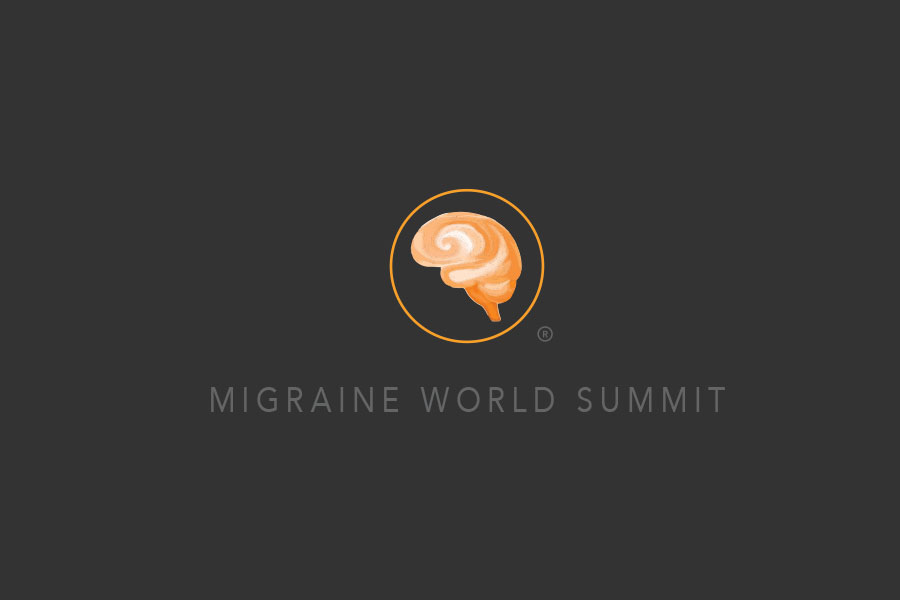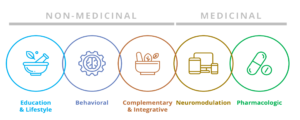Carl Cincinnato
Do you ever wonder how you can determine if a claimed migraine or headache therapy is legit or not? Often it’s difficult for the average consumer to separate the snake oil salesmen from the true research breakthroughs. Unless you’re a medical professional, discerning what’s proven in a well designed, peer-reviewed study, and evaluating the results can be tricky.
Dr. Anders Hougaard is a medical director and senior scientist at the Danish Headache Center and Department of Neurology, University of Copenhagen – one of the largest and most prestigious headache clinics in Europe, if not the whole world. He also holds a leadership role at the International Headache Society, the world’s leading organization for those with a professional commitment to helping people with migraine and headache.
What types of research are conducted for someone researching migraine?
Dr. Hougaard: “Epidemiological studies are large studies of large groups of people to determine questions, for instance, like how common are the different types of migraine? Who is at risk of developing chronic migraine? What is the relation between migraine and other disorders like depression, for instance? Genetic studies aim to find specific genes that are related to migraine. Those also involve large groups of people. Then we have basic science; those can be studies in animal models of migraine, or parts of the migraine syndrome like head pain, photophobia, or migraine aura. It could also be studies of human cells or human tissues from migraine patients. Then we have pathophysiology. It’s a complicated term. That’s my own field of research. Here we study the patients, and do that using, for example, brain scans or blood samples, or other methods like measuring electrical signals from the brain to find out about the disease mechanisms. Then we have clinical trials, and clinical trials are studies of how safe and effective treatments and interventions for migraine are. There could be new drugs but also dietary supplements, or procedures, or devices that are supposed to treat migraine attacks.”
What is peer review?
Dr. Hougaard: “Peer review is the evaluation of a scientific work by someone else who has the same qualifications as the one who did the actual work. So for example, if I do a research study on migraine and I write about it in a scientific paper, and I sent this paper to a scientific journal, then the editor will forward it to some experts in this particular field of research. And they will look at my work and try to criticize it and see if my methods are appropriate, and if my conclusions are valid. And if they’re not happy with it, they will reject it from being published. This is peer review and it’s very important to maintain high standards of research. It’s important that new scientific work is evaluated by others, and to have the methods reviewed, to see if we can actually believe the results presented from a scientific study.”
Where can people find peer-reviewed research?
Dr. Hougaard: “Well my favorite place is to find research online, on websites like PubMed and Google Scholar. And if you’re looking for clinical trials in particular, there’s clinicaltrials.gov. Many of these papers are open access, so that means that you can access them for free. But in some cases you either have to pay for them or, in some cases you can go to your local library or university library. Maybe they have a subscription for the papers or journals that you’re interested in.”
Watch the full interview to find out:
What are the definitions of common terms used in research studies such as “research protocol”, “study design”, “double-blind”, “relative and absolute risk”, “odds ratio”, and “confidence interval”, etc.?
What can we do to understand and interpret some of the peer-reviewed research studies that we might find on Google Scholar or PubMed?
Often in research studies on migraine, the placebo effect can be as high as 30%. What does that mean?
What is research bias, and how is it overcome in order to achieve accurate research study results?
Why is it important to know the source of funding for a particular research study?
What is the structure of a typical research paper?
What are some red flags to watch out for when looking at a research paper that could indicate that it’s not a reliable study?
Why aren’t there more studies about nonmedicinal methods of managing migraine, like exercise, diet, supplements, and essential oils?
Watch Dr. Anders Hougaard’s interview preview here or order it as part of the Migraine World Summit package from this page.
If you previously purchased the 2019 Migraine World Summit, you are all set to login to watch the full interview.
Posted in: Migraine Education





